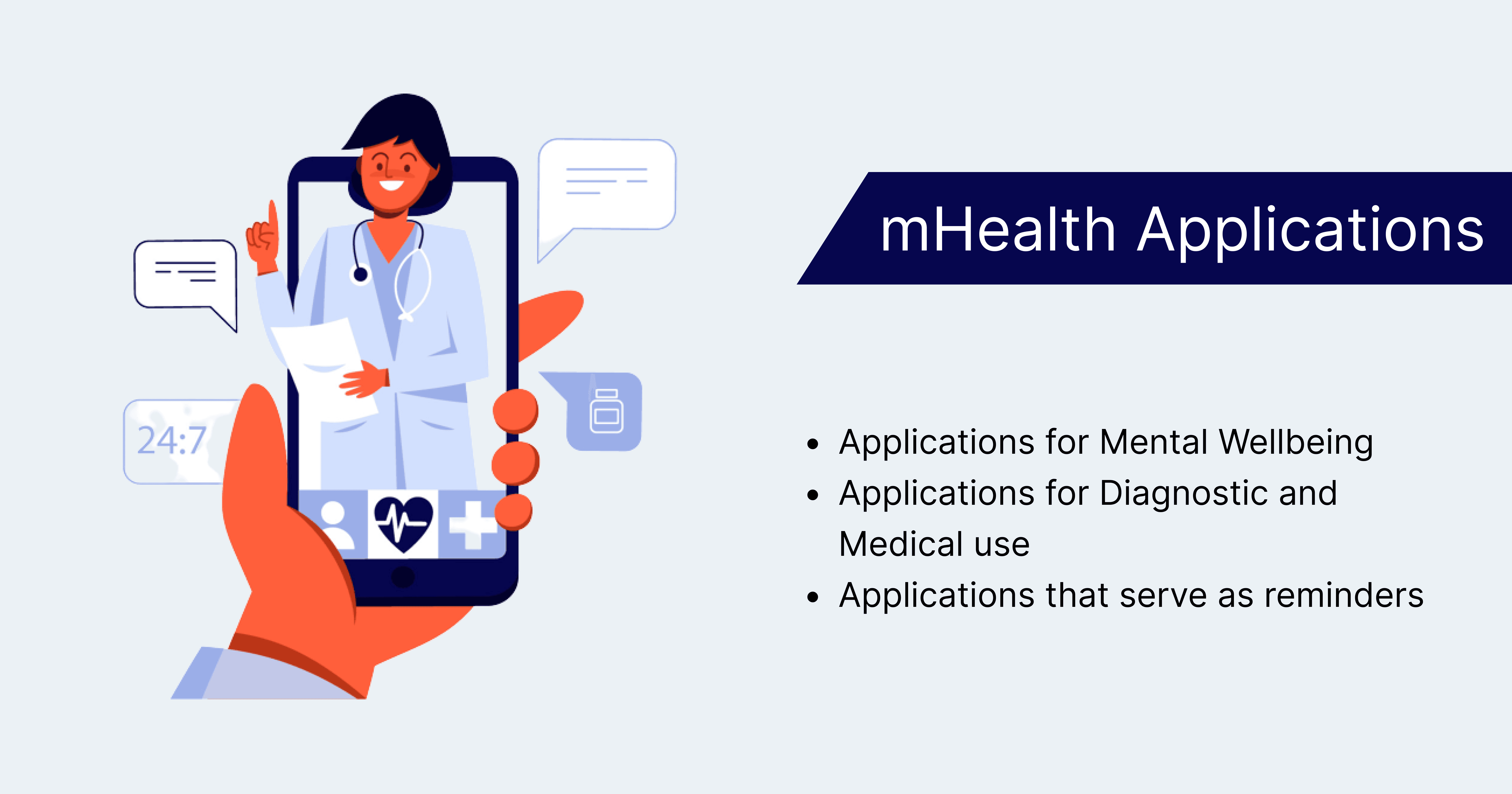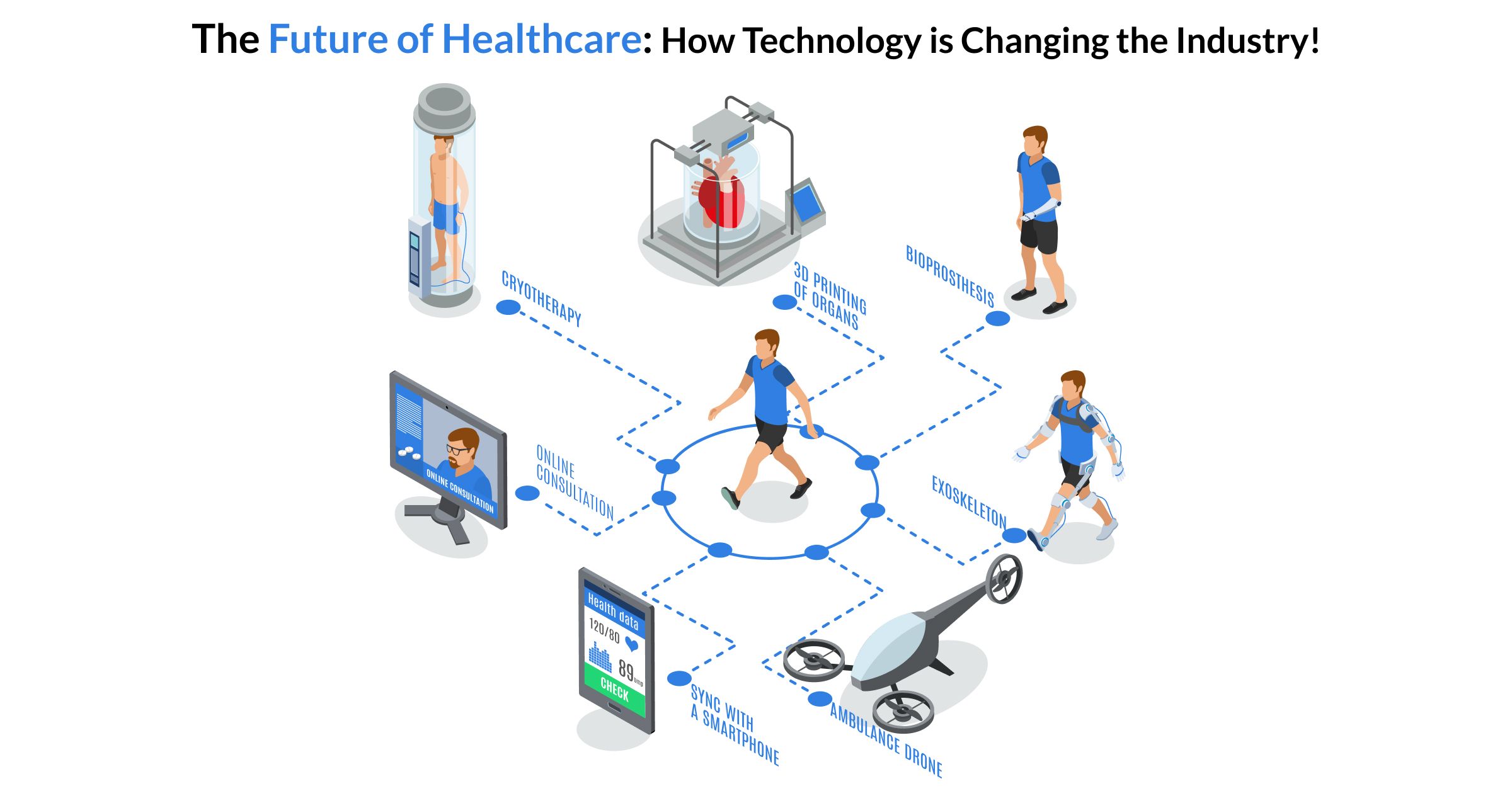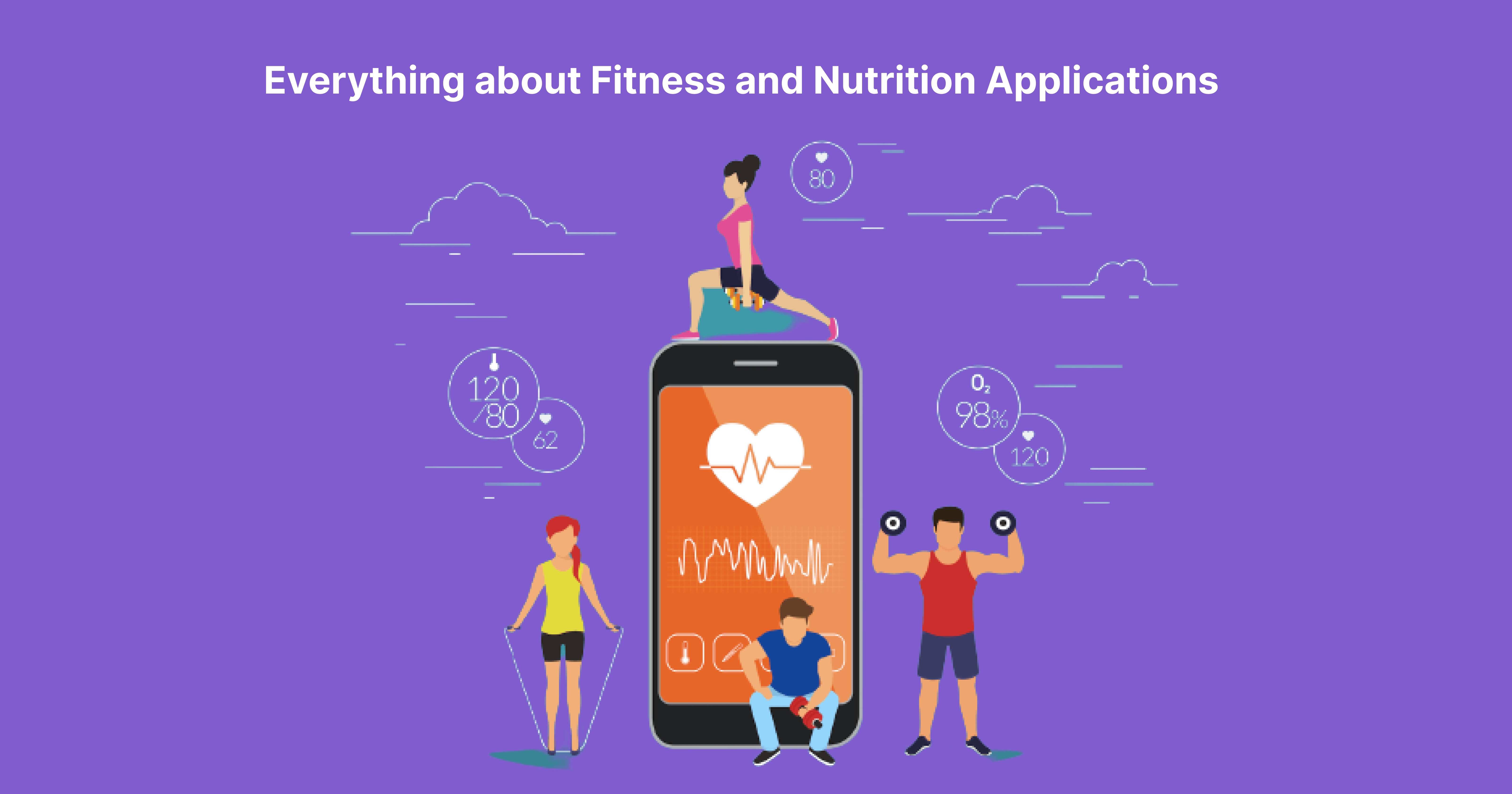Introduction
Wearable devices have transformed the healthcare industry in recent years, providing healthcare professionals with access to real-time data on a patient's health. These devices, worn on the body, offer a range of benefits, challenges, and opportunities.
Wearable devices have transformed the healthcare industry in recent years, providing healthcare professionals with access to real-time data on a patient's health. These devices, worn on the body, offer a range of benefits, challenges, and opportunities.
In this blog, we'll explore the impact of wearable devices on the healthcare industry and what the future may hold.
Benefits of Wearable Devices in the Healthcare Industry
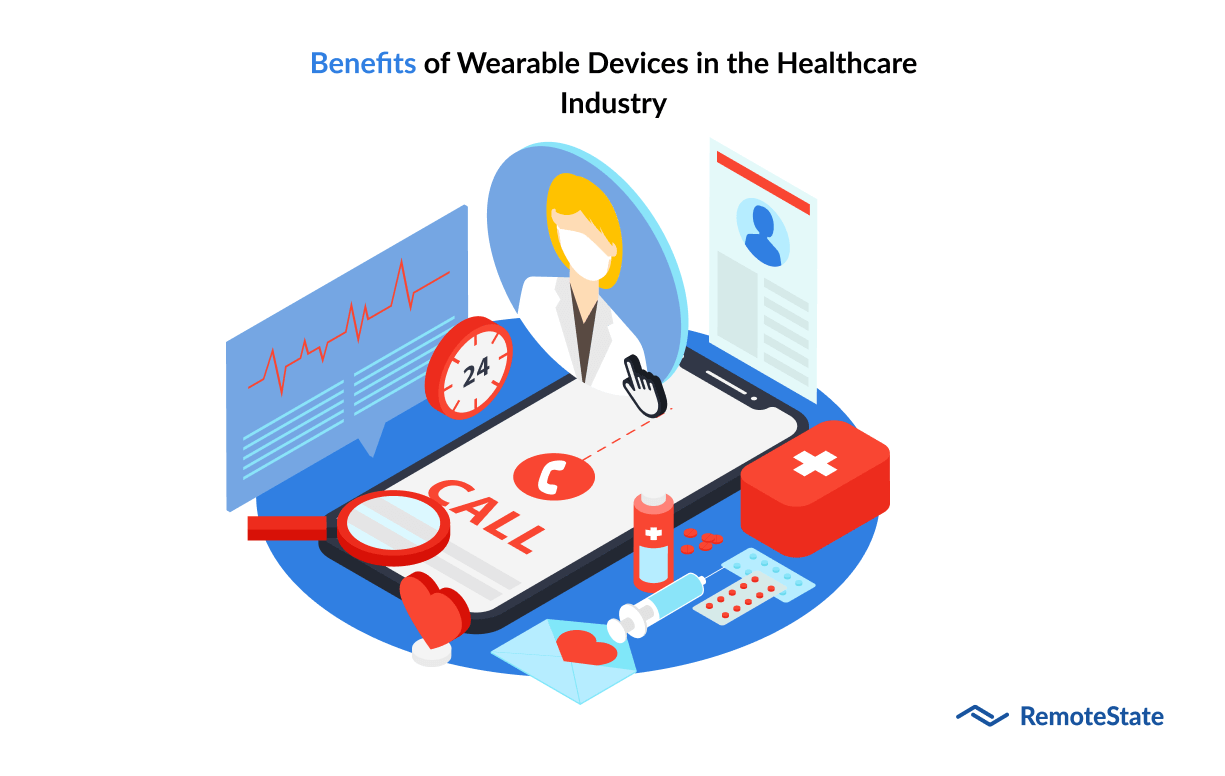
Monitoring and Tracking Vital Signs
Wearable devices are highly effective in monitoring and tracking vital signs such as heart rate, blood pressure, and oxygen saturation. This information is crucial in detecting potential health issues before they become serious. For instance, a person with high blood pressure may use a wearable device to adjust their medication or lifestyle before the condition worsens.
Increased Patient Engagement
Wearable devices increase patient engagement in their health management by providing them with real-time data about their health. By tracking their health metrics, patients become more aware of their health status and take an active role in managing their health. Additionally, wearable devices can provide reminders to take medication or attend appointments, ensuring that patients stay on top of their healthcare needs.
Improved Diagnosis and Treatment
Wearable devices have the potential to improve the diagnosis and treatment of various health conditions. For instance, wearable devices that monitor glucose levels can help patients with diabetes manage their condition more effectively. Wearable devices can also provide healthcare professionals with more data about a patient's health, helping them make more informed decisions about diagnosis and treatment.
Cost-Effective and Efficient
Wearable devices can help reduce healthcare costs by enabling remote patient monitoring. Patients with chronic conditions can use wearable devices to monitor their health remotely, reducing the need for in-person visits. Remote patient monitoring also helps healthcare professionals provide care more efficiently and effectively, ultimately improving patient outcomes.
Personalized Medicine
Wearable devices can enable personalized medicine by providing healthcare professionals with more data about a patient's health. This can help healthcare professionals develop more personalized treatment plans that are tailored to the individual patient's needs. Wearable devices can also enable healthcare professionals to monitor patient progress more closely and adjust treatment plans accordingly.
Health and Wellness Programs
Wearable devices can be used to promote health and wellness programs. For instance, an employer may provide employees with wearable devices that encourage them to engage in physical activity or promote healthy eating habits. These programs can help reduce healthcare costs by preventing chronic health conditions from developing.
Challenges of Wearable Devices in the Healthcare Industry
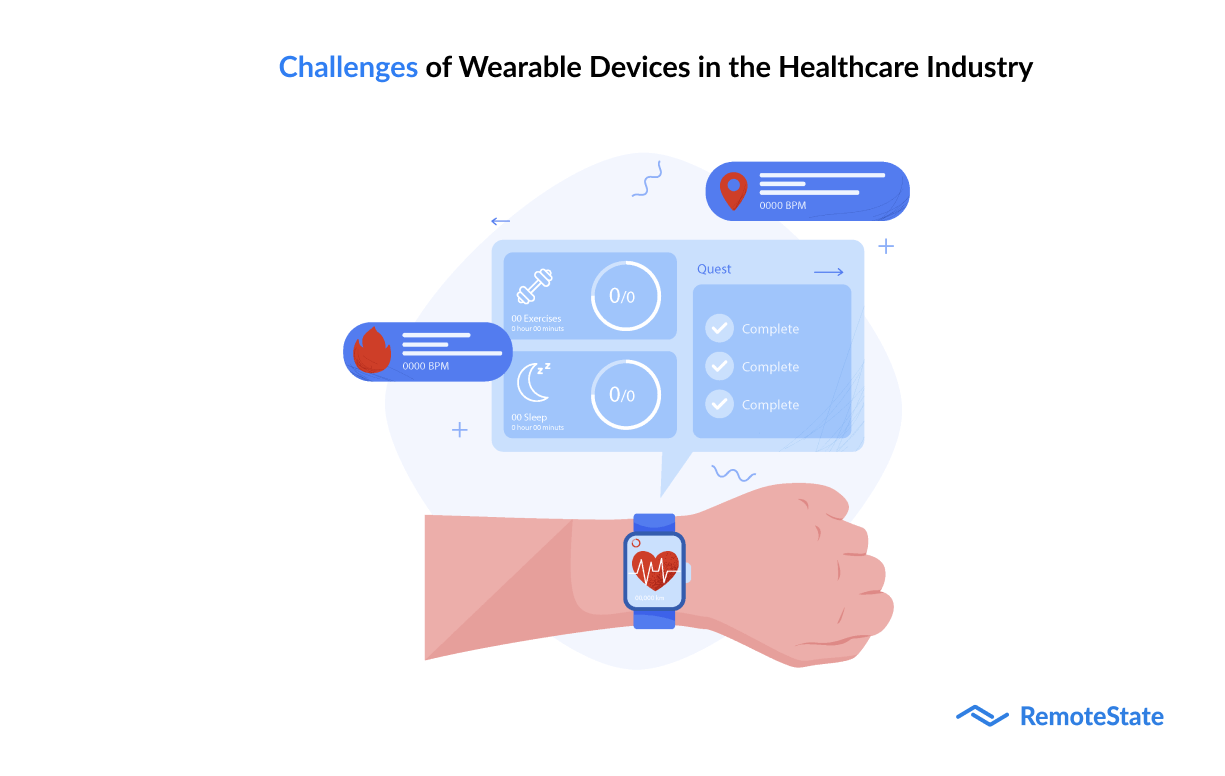
Data Privacy and Security
One of the biggest challenges of wearable devices in healthcare is data privacy and security. These devices collect a significant amount of personal data, and there is a risk that this data could be compromised. Healthcare organizations must ensure that they have appropriate data security measures in place to protect patient data.
Integration with Existing Systems
Another challenge of wearable devices in healthcare is integrating them with existing healthcare systems. Healthcare organizations must ensure that wearable devices can seamlessly integrate with electronic health records and other healthcare systems. This can be a complex process that requires significant time and resources.
Regulatory Compliance
Wearable devices in healthcare are subject to various regulatory requirements, including HIPAA and FDA regulations. Healthcare organizations must ensure that they are complying with these regulations to avoid potential legal issues.
Reliability and Accuracy of Data
The reliability and accuracy of the data collected by wearable devices can be a challenge. These devices must be calibrated and tested regularly to ensure that they are providing accurate data. Additionally, the quality of the data collected can be affected by factors such as device placement, environmental factors, and patient behavior.
Patient Adoption
Patient adoption of wearable devices can be a challenge. Some patients may be resistant to using technology, while others may find the devices uncomfortable or difficult to use. Healthcare organizations must work to educate patients about the benefits of wearable devices and address any concerns they may have. They must also ensure that the devices are user-friendly and easy to use, providing training and support to patients as needed.
Standardization
Standardization of wearable devices in healthcare can be a challenge. With so many different types of devices on the market, it can be difficult to ensure that they are all interoperable and can work together seamlessly. This can result in data silos and make it difficult for healthcare professionals to access all the data they need to provide comprehensive care.
Opportunities of Wearable Devices in the Healthcare Industry
Remote Patient Monitoring
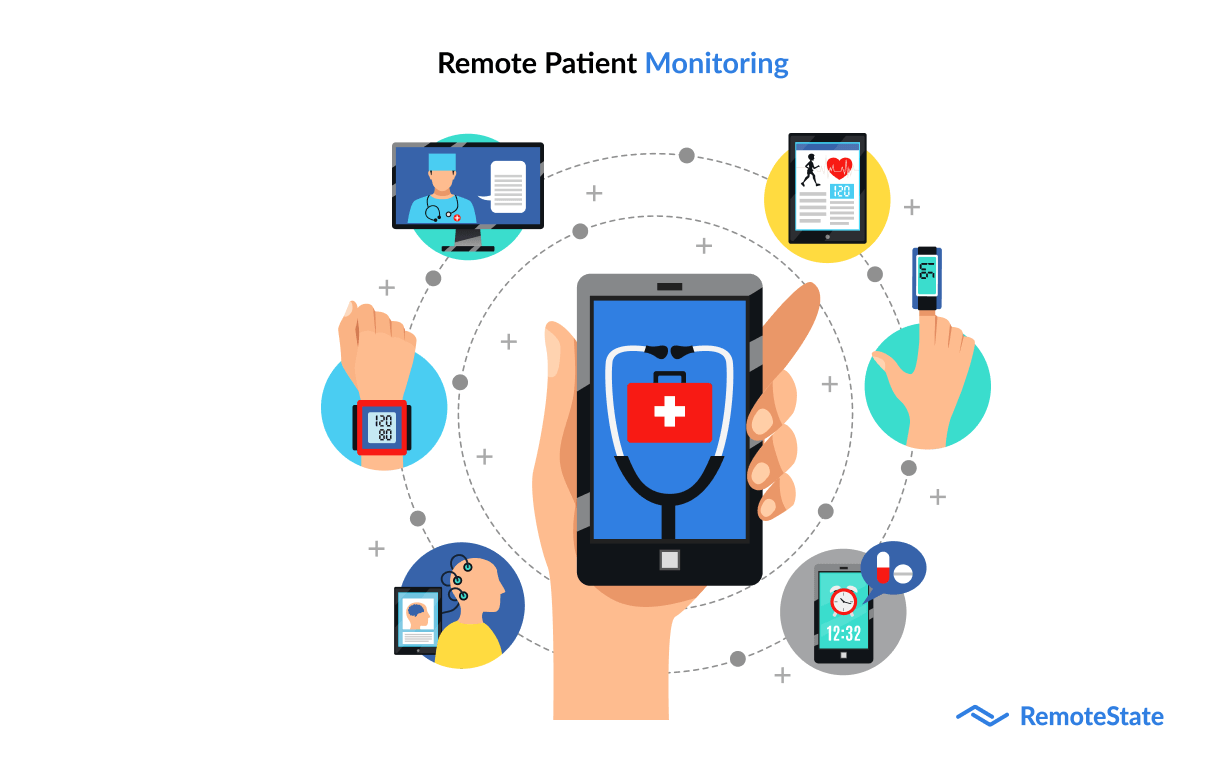
Remote patient monitoring is one of the most significant opportunities presented by wearable devices in healthcare. By enabling patients to monitor their health remotely, wearable devices can help reduce the need for in-person visits and improve patient outcomes. Healthcare organizations can also use wearable devices to monitor patients remotely, reducing the need for hospital readmissions.
Chronic Disease Management
Wearable devices can play a significant role in the management of chronic diseases such as diabetes, hypertension, and heart disease. By providing real-time data about a patient's health, healthcare professionals can develop more effective treatment plans that are tailored to the individual patient's needs. Wearable devices can also help patients manage their condition more effectively by providing them with reminders to take medication or attend appointments.
Wellness Programs
Wearable devices can be used to promote health and wellness programs. Employers can provide employees with wearable devices that encourage them to engage in physical activity or promote healthy eating habits. This can help reduce healthcare costs by preventing chronic health conditions from developing.
Research and Development
Wearable devices can be used in research and development to develop new treatments and technologies. By providing healthcare professionals with real-time data about a patient's health, wearable devices can help accelerate the development of new treatments and technologies.
Telemedicine
Wearable devices can enable telemedicine, allowing patients to receive care remotely. This is particularly beneficial for patients who live in rural areas or who are unable to travel to a healthcare facility. Telemedicine can help reduce healthcare costs by eliminating the need for in-person visits and reducing the risk of hospital readmissions.
Patient Engagement
Wearable devices can improve patient engagement in their health management by providing them with real-time data about their health. By tracking their health metrics, patients become more aware of their health status and take an active role in managing their health.
Conclusion
Wearable devices have had a significant impact on the healthcare industry, providing healthcare professionals with real-time data about a patient's health. These devices offer a range of benefits, including remote patient monitoring, increased patient engagement, improved diagnosis and treatment, cost-effectiveness, personalized medicine, and health and wellness programs.
However, there are also challenges associated with wearable devices, such as data privacy and security, integration with existing systems, regulatory compliance, reliability and accuracy of data, patient adoption, and standardization. Despite these challenges, wearable devices offer numerous opportunities, including remote patient monitoring, chronic disease management, wellness programs, research and development, telemedicine, and patient engagement.
Empowering Healthcare Organizations with Custom Software Solutions: How Remotestate is Driving the Adoption of Wearable Device Technology!
Remotestate can play a key role in helping healthcare organizations implement wearable device technology.
Remotestate can work with healthcare organizations to develop custom software solutions that integrate wearable devices with existing systems, ensuring that patient data is securely collected, analyzed, and integrated into electronic health records.
In addition, Remotestate can develop mobile apps that patients can use to track their health metrics and receive personalized health recommendations. These apps can be integrated with wearable devices, providing patients with real-time data about their health status and helping them to better manage chronic conditions.
Remotestate can also assist with regulatory compliance, ensuring that healthcare organizations are meeting all of the relevant privacy and security regulations that apply to wearable device technology.
Finally, Remotestate can assist healthcare organizations with ongoing maintenance and support, ensuring that their wearable device technology remains reliable and effective over time.
Overall, Remotestate's expertise in software development can help healthcare organizations to successfully implement wearable device technology, providing patients with improved access to care and enabling healthcare providers to deliver more personalized and effective treatment.
FAQs
What types of wearable devices are used in healthcare?
There are several types of wearable devices used in healthcare, including fitness trackers, smartwatches, and medical-grade devices that monitor vital signs.
Are wearable devices secure?
Wearable devices collect a significant amount of personal data, so data privacy and security are major concerns. Healthcare organizations must ensure that they have appropriate data security measures in place to protect patient data.
What are the challenges associated with wearable devices in healthcare?
Challenges associated with wearable devices in healthcare include data privacy and security, integration with existing systems, regulatory compliance, reliability and accuracy of data, patient adoption, and standardization.
How can wearable devices reduce healthcare costs?
Wearable devices can reduce healthcare costs by enabling remote patient monitoring, reducing the need for in-person visits, and preventing chronic health conditions from developing.
How can wearable devices be used in research and development?
Wearable devices can be used in research and development to develop new treatments and technologies. By providing healthcare professionals with real-time data about a patient's health, wearable devices can help accelerate the development of new treatments and technologies.
Publication Date
2023-05-08
Category
Healthcare
Author Name
Rahul Agrawal
